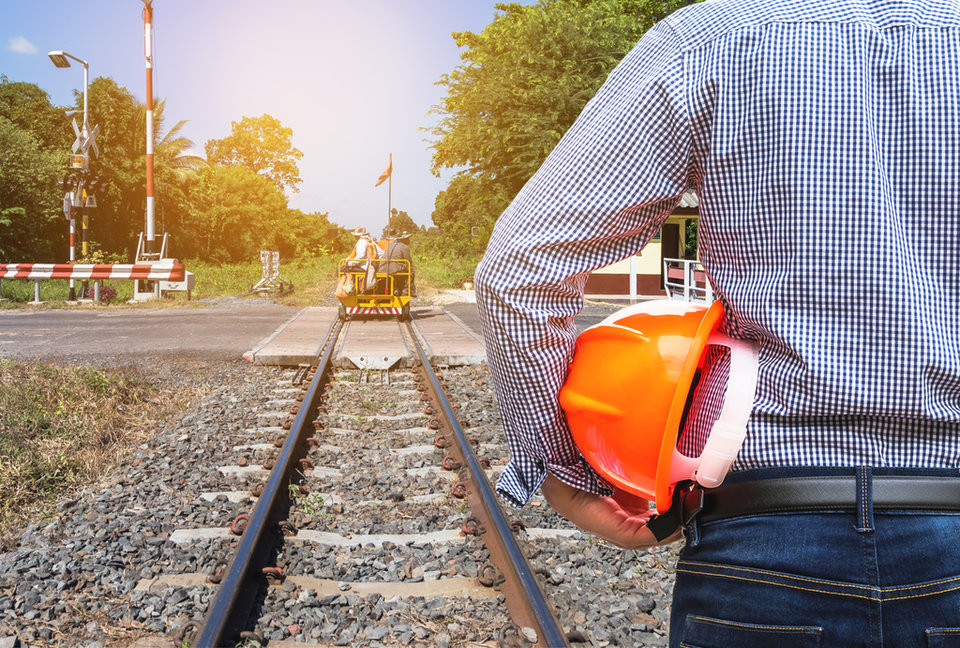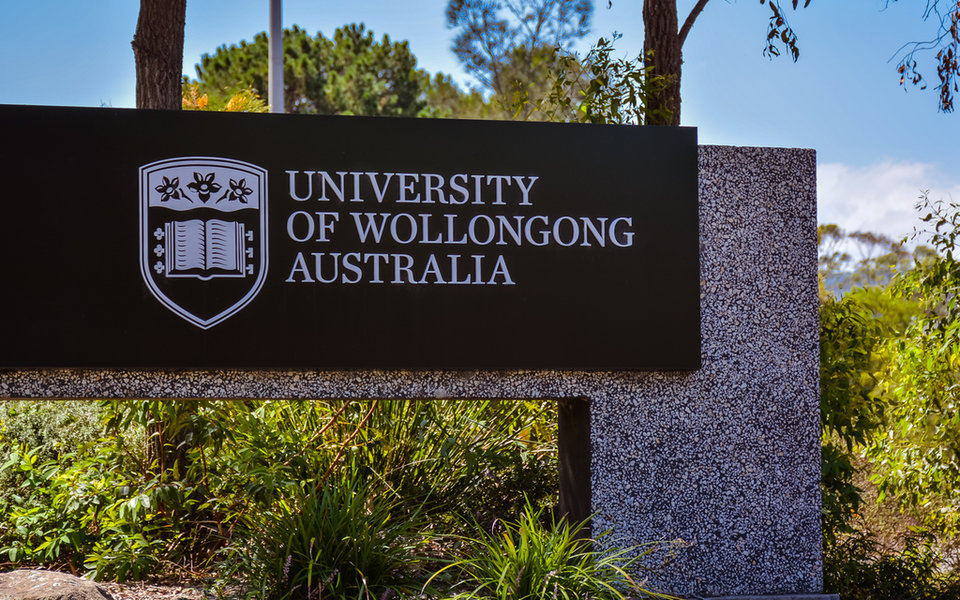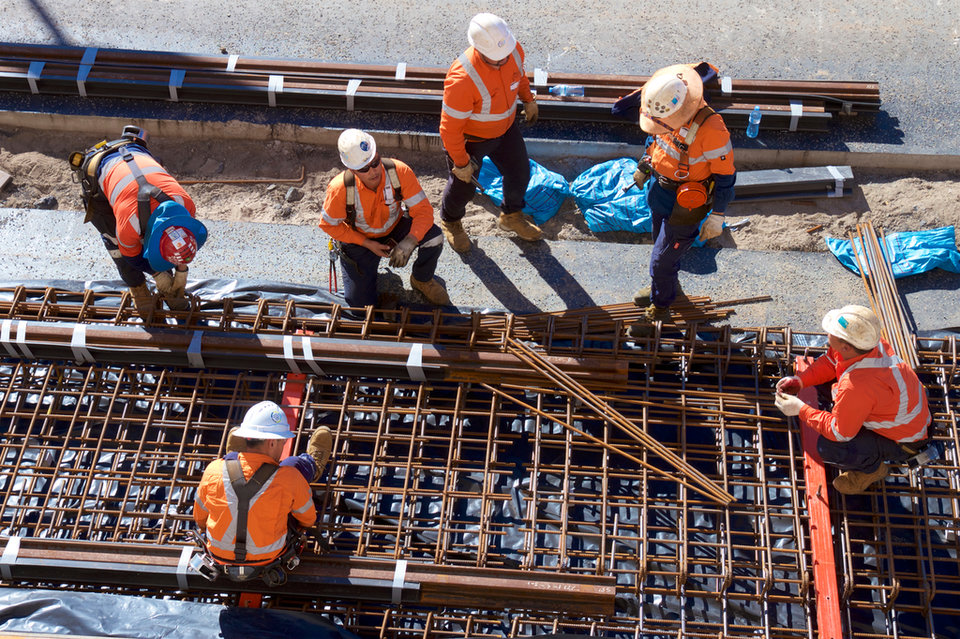The new centre will train up the next generation of rail engineers
Opening the funding floodgates
Thus, the decision by the Australian Government to fund its first ever rail training centre should be viewed upon as a solid declaration of intent.
The new centre, housed at UOW, will see the Australian Research Council (ARC) Industrial Transformation Training Centre for Advanced Technologies in Rail Track Infrastructure (ITTC Rail) train up the next generation of rail engineers with the knowledge and skills needed to maintain and upgrade Australia’s rail network.
The ARC has benefitted from a A$2.78m grant, with an additional tranche of funding coming from the New South Wales State Government and industry and university partners, while bringing together research groups from further afield in the UK, US, Japan, India, China and France.

Aiming high:
the main goals of the new centre
The centre will first and foremost look at creating more innovative solutions and products that can not only improve railway performance but extend the lifespan of the existing infrastructure. In terms of the latter, this will include the development of fabrication techniques to create better track resilience and head off track degradation.
UOW will also host a series of research and development (R&D) and training programmes in a bid to arm budding engineers with the skills necessary to form a skilled professional workforce, while helping to come up with new technical standards and regulations.
“University of Wollongong’s CGRE [Centre for Geotechnics and Railway Engineering] is recognised as Australia’s largest rail track research centre that is well equipped with state-of-the art geotechnical laboratories and excellent technical staff support,” explains Indraratna, who is also ITTC’s rail director.
“Our ARC-funded National Facility for Cyclic Testing of High-speed Rail (FCTHSR) is also the first national facility of its kind, designed in-house and built by several Australian companies to accommodate a wide array of track conditions. The construction of the FCTHSR is complete now and it forms an iconic full-scale physical modelling test facility to be used extensively for our national rail projects.”
The centre also ties into a number of Australian rail infrastructure projects currently on the go, such as the Melbourne to Brisbane Inland Rail, the Port Botany Rail Upgrade and the Melbourne Airport Rail Link, among others.
“The Australian Government is focused on developing an efficient rail transportation system throughout the country,” says Indraratna.
“Track infrastructure technologies and innovative design expertise in minimising undue construction and maintenance costs will be imperative in the transport infrastructure sector and export sector for enhanced rail components. I see employment growth and opportunities for rail engineers in the near future.”
“The Australian rail sector is at an all-time high,” believes Pradeep Vasudev, technical director for international project at engineering consultancy WSP.
“Rail continues to overtake road as the dominant sector on the pipeline. Upcoming federal, Victoria and New South Wales elections, and the recognition of the linkage between transport corridors and land use planning are also driving further promises of rail investment from government and opposition parties.”

Image: jejim / Shutterstock
The centre also ties into a number of Australian rail infrastructure projects currently on the go
The political environment means that there isn’t the unified approach that the industry needs
Hurdles to progress
There have been challenges though, says Vasudev, which have stymied progress within the engineering realm – not least an uncertain political climate that has seen the country go through six prime ministers in the space of a decade.
“The political environment means that there isn’t the unified approach that the industry needs, and there’s a level of uncertainty in the planning and developing of rail networks,” he says.
“Similarly, with regard to the heavy haul industry, the fluctuating demand and value of coal, iron ore and other minerals greatly impacts the demand for the number of services on the line, and with the uncertain revenue for the infrastructure owner, can make asset and maintenance planning difficult.”
Vasudev also points to what he sees as a “limited pool of experienced rail contractors and designers”. He is right, these are pressing issues, but rejuvenation of the rail engineering space – such is the ITTC and ARC’s central aim – could go a long way to improving Australia’s rail network in the long term.
“Upgrading the ageing rail infrastructure and innovating the training for a new generation of rail engineers with advanced knowledge and practice skills will keep Australia move a lot more reliably at a minimum cost,” says Indraratna.

Image: Michael Leslie / Shutterstock

